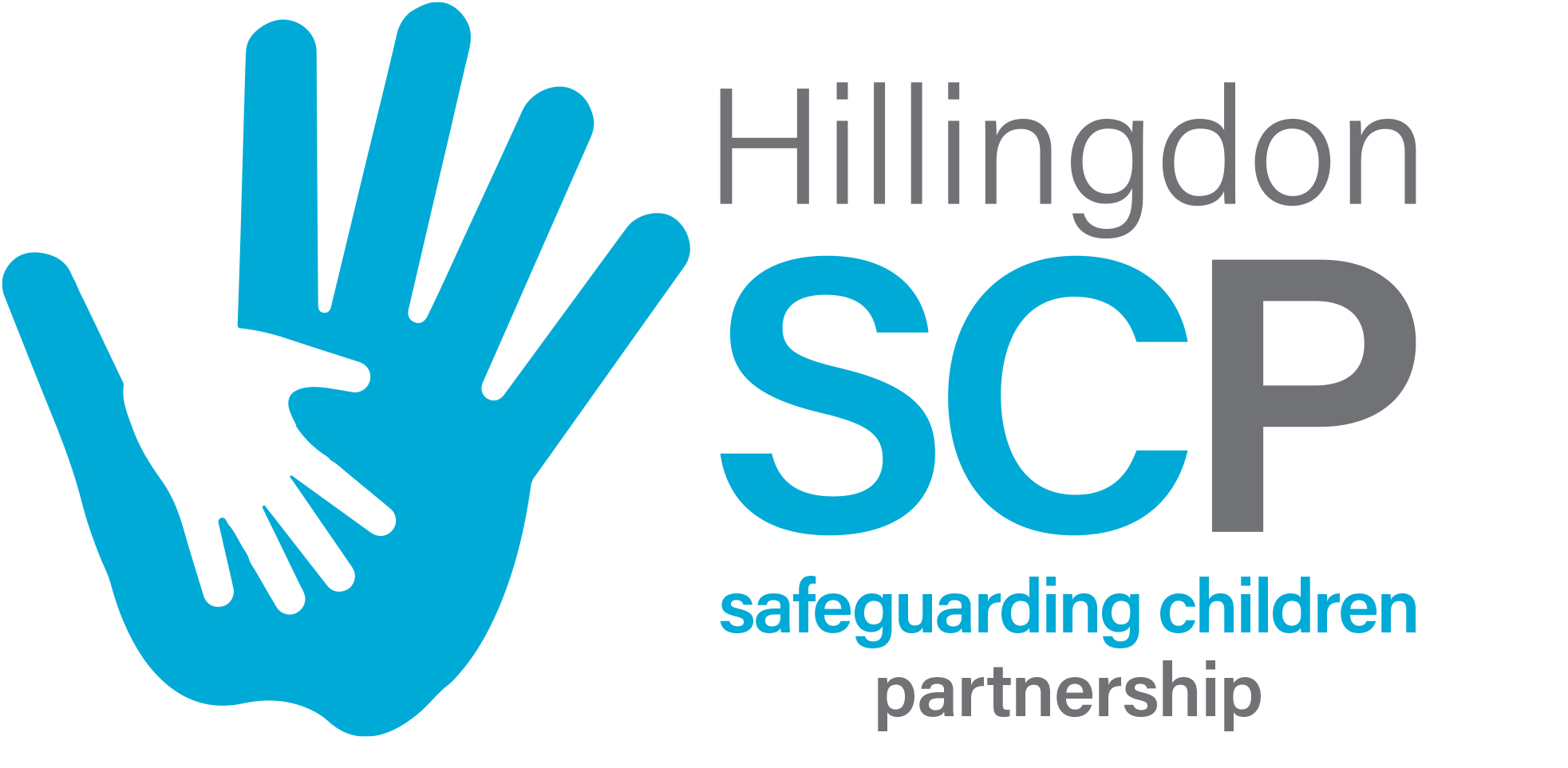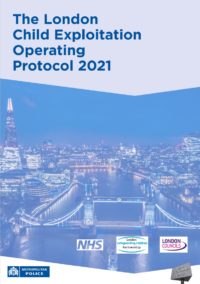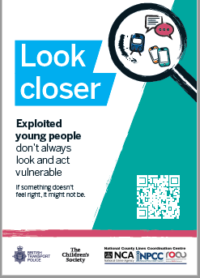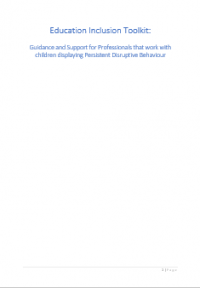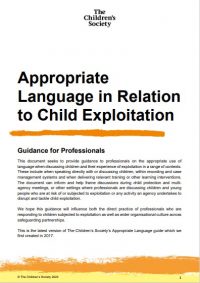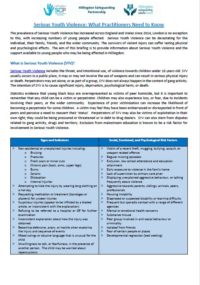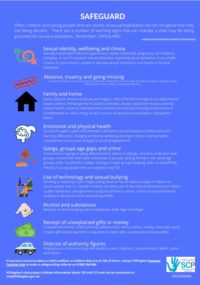The Hillingdon Safeguarding Partnership adopts this model to address extra-familial harm, including issues such as:
- Child sexual exploitation (CSE)
- Gangs and county lines
- Missing children
- Radicalisation
- Modern slavery
- All forms of criminal exploitation
This framework helps professionals understand how harm can occur in environments outside the family home and offers a multiagency response to safeguarding young people at risk.
Child Sexual Exploitation (CSE)
Child sexual exploitation (CSE) is a serious form of child sexual abuse. It occurs when an individual or group uses an imbalance of power to coerce, manipulate, or deceive a young person under 18 into sexual activity. This may be done in exchange for something the child needs or wants, or for the financial or social gain of the perpetrator. Importantly, CSE can occur even if the sexual activity appears consensual and may not involve physical contact, as it can also happen online.
Online abusers may use technology to groom children, manipulating them into sharing explicit images, videos, or engaging in sexually motivated conversations. In some cases, they may pressure children into meeting them in person. Many children who are exploited may feel they are in a “relationship” with their abuser, making it even more difficult for them to seek help.
CSE can affect children of any age, gender, ethnicity, or background. Children with additional needs and girls are especially more vulnerable to this type of exploitation. The long-term impact on victims can be severe, affecting their self-esteem, mental health, and their ability to form healthy relationships in the future.
Recognising the Signs
Children may be too afraid or ashamed to report what’s happening to them. Professionals, families, and communities must recognise the signs of CSE and other forms of exploitation. If you are concerned about a child being at risk of sexual exploitation, contact the Stronger Families Hub.
Understanding Contextual Safeguarding
Contextual Safeguarding emphasises that young people’s experiences of harm often occur in non-family settings, such as their local neighbourhoods, schools, or online spaces. These environments can expose children to exploitation, gang involvement, criminal activity, and abuse. Parents and caregivers may struggle to shield their children from these external risks, which can strain the parent-child relationship.
As a multiagency approach, Contextual Safeguarding in Hillingdon focuses on engaging with:
- Young people and their families
- Communities and schools
- Professional services include social care, education, health and police.
This approach aims to reduce the risk of harm by addressing the wider social, economic, and environmental factors contributing to exploitation and abuse. It is built upon the following principles:
- Collaborative: Involves cooperation between professionals, families, and communities to create safer environments for children.
- Ecological: Considers how social spaces and inequalities shape the risk of harm.
- Rights-based: Upholds the human rights of children, emphasizing their right to safety and protection.
- Strengths-based: Leverages the strengths of individuals and communities to promote positive change.
- Evidence-informed: Uses real-world evidence and lived experiences to guide responses and interventions.
(Owens, Ruch, Firmin, Millar, Remes, 2020)
If you are worried about a child or young person at risk of CSE or any form of extra-familial harm, please contact the Stronger Families Hub or your local safeguarding team.
For urgent cases where a child is in immediate danger, call 999.
